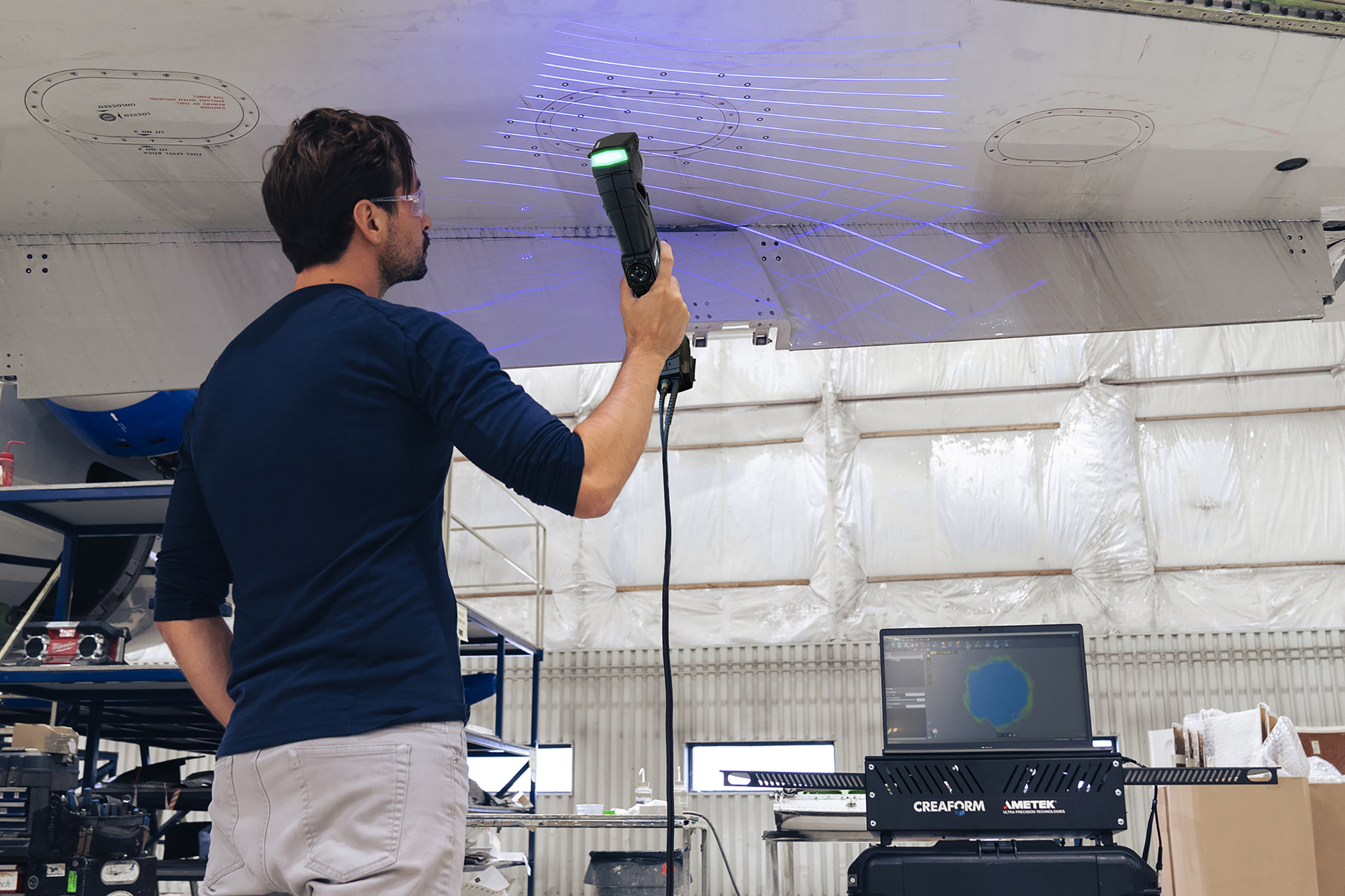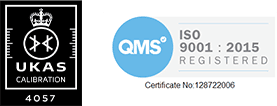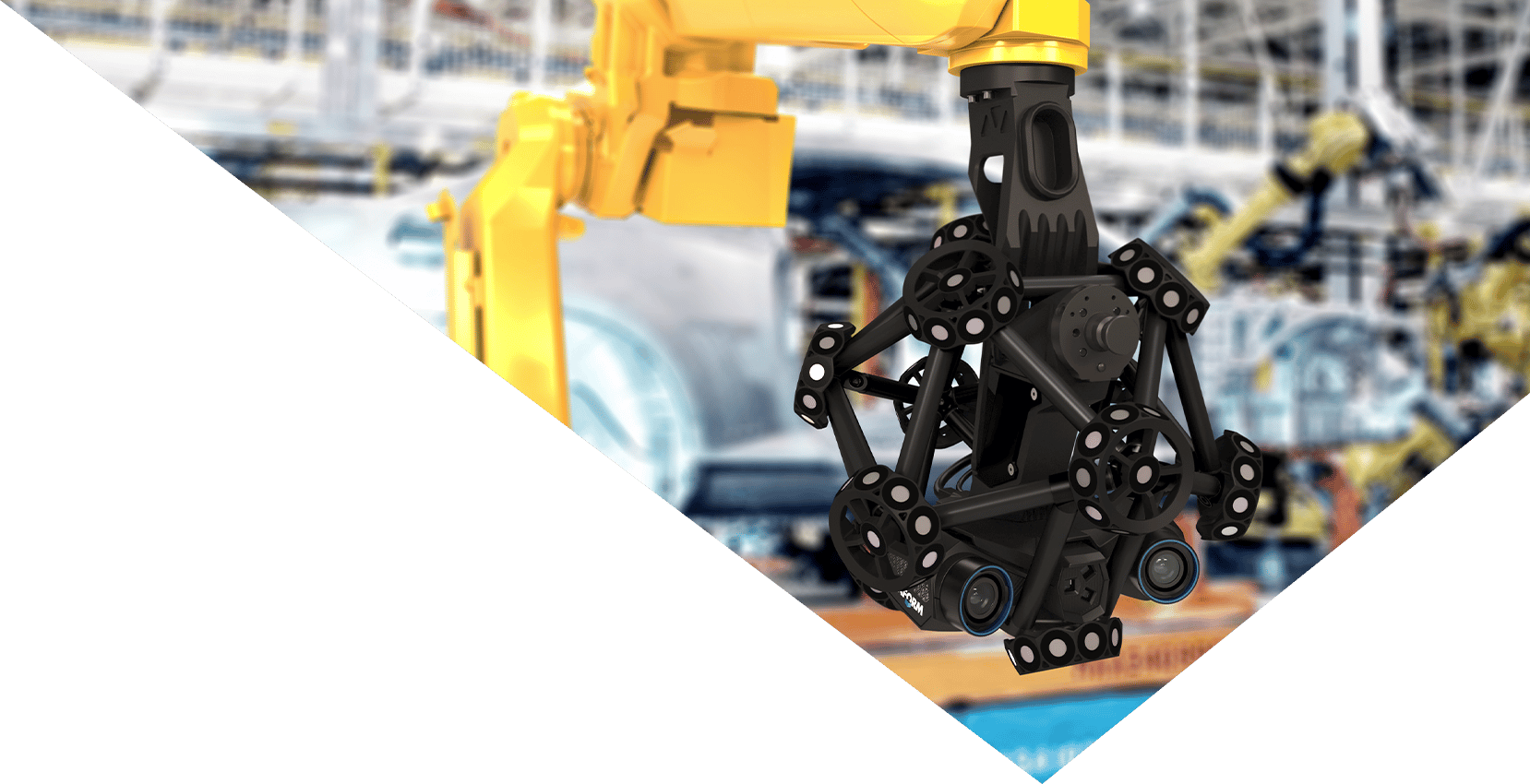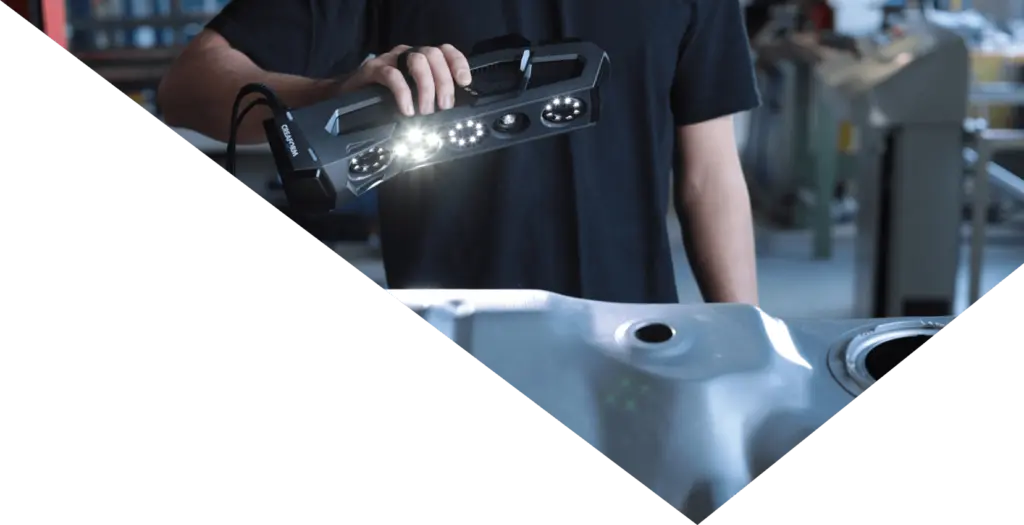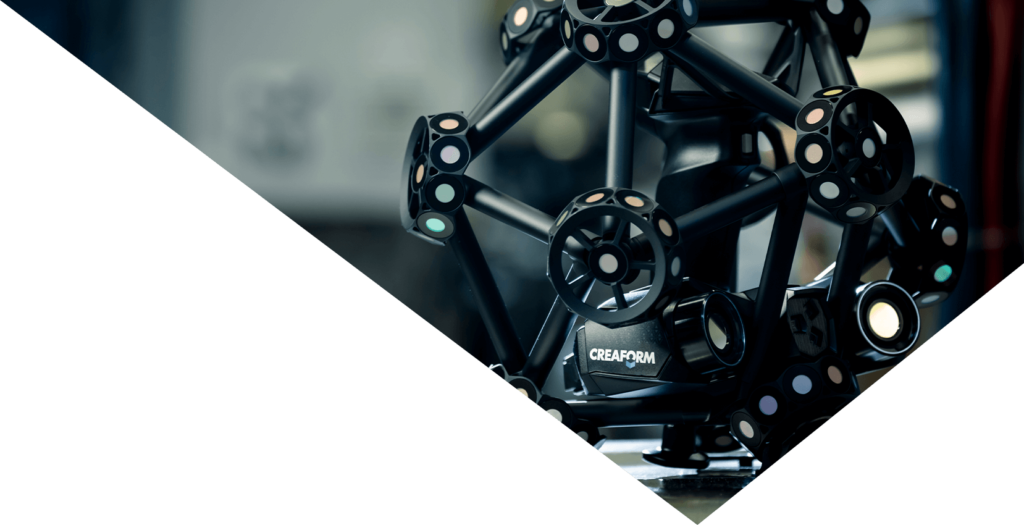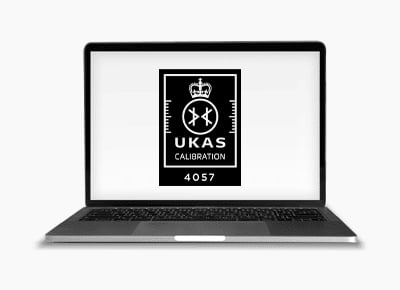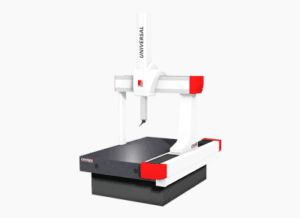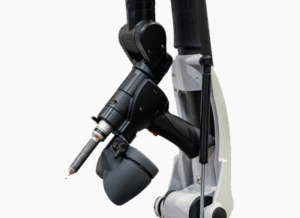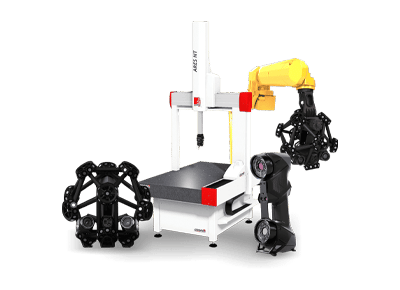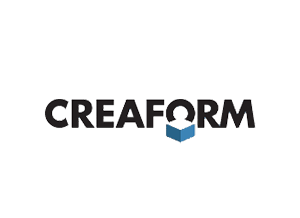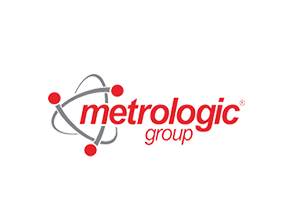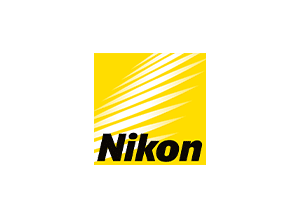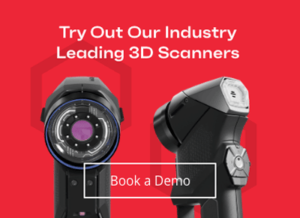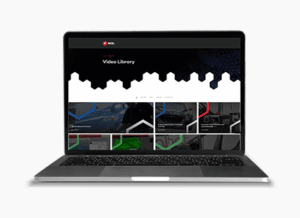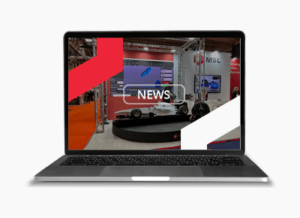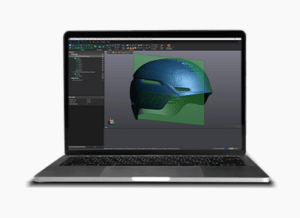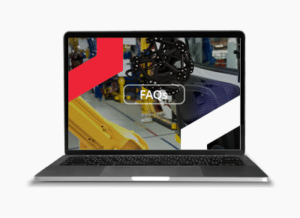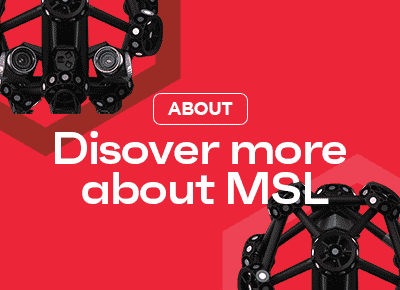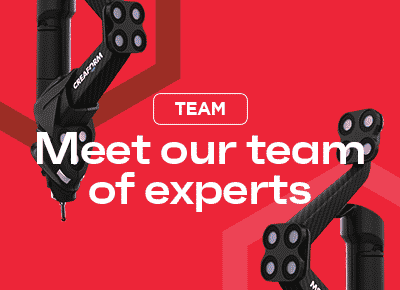Aerospace is a fast-moving and innovative industry. Traditional production methods take several hours to achieve precise measurements and inspections, with greater variations around accuracy, but what if new technology could streamline this process with fast accurate measurement solutions? That’s where 3D scanning enters the picture. With its precise measurements, quality control, and inspection capabilities, 3D scanning technology is revolutionising the aerospace production industry. Let’s explore how 3D scanning can improve efficiency and reduce time-to-market.
The Role of 3D Scanning in Aerospace Manufacturing
3D scanning is a critical process for ensuring the accuracy and efficiency when it comes to manufacturing aerospace products. It allows manufacturers to produce precise measurements that enables them to design and build components with a high degree of accuracy and safety.
It’s the perfect solution for an industry, like aerospace, that demands complex designs, tight tolerances, and advanced materials where meticulous attention to detail is required. It allows engineers and technicians to create accurate digital representations of physical parts, reducing the time and cost of creating prototypes. By scanning an existing product or component, engineers can create a digital 3D model that can be refined or modified to meet specific requirements with unmatched precision, at speed.
Trusted by leading aerospace companies like Rolls Royce, Boeing, and AirBus, 3D scanning solutions allow brands like these to detect even the slightest deviations in components and identify potential issues before they become major problems. This improves quality control, reduces the potential for product recalls and leads to a more streamlined production line, saving time and money while upholding safety and reliability.
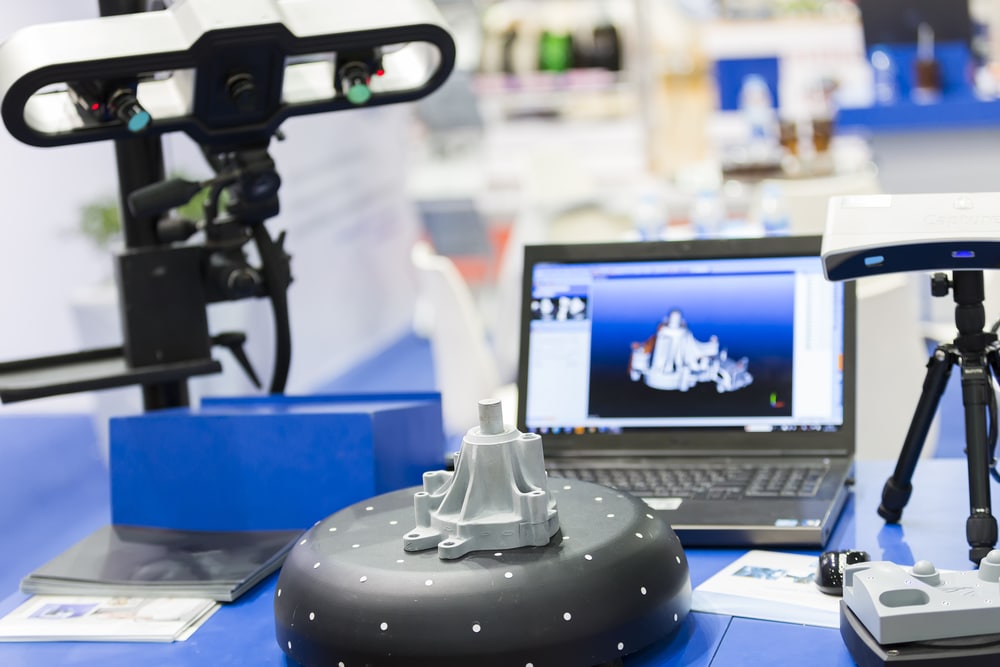
How 3D Scanning Enhances Aerospace Production
The aerospace industry is soaring to greater heights, literally and figuratively. Through significant breakthroughs in technology, aerospace has grown bigger and better. Today, 3D scanning technology is a driving force that enables manufacturers to speed up the production process.
By incorporating 3D scanning into aerospace production, manufacturers can achieve a higher level of efficiency, accuracy, and innovation, ultimately leading to faster time to market for new aerospace products and technologies.
In traditional aerospace production, processes were predominantly manual and time-consuming. Measurements and inspections relied on hand tools like callipers, leading to potential inaccuracies. Prototyping was slower, as it involved manual tooling and laborious design iterations. Reverse engineering was challenging and less precise, heavily dependent on manual measurements. Tooling and fixture fabrication required more effort and time without digital aids. Maintenance and repairs followed standard manuals, offering limited flexibility for customisation.
The design-to-production pipeline was linear and less adaptable, often resulting in longer development times and higher costs. Additionally, traditional methods typically lead to more material waste and higher labour costs. Overall, customisation and innovation were more limited and riskier in traditional aerospace manufacturing compared to processes incorporating 3D scanning.
Where aerospace manufacturing experiences fierce competition with tight deadlines, traditional manufacturing methods made overcoming these challenges difficult. But as technology in aerospace evolved, the designing and manufacturing process became more streamlined, particularly where 3D scanning came into play. Now aerospace manufacturers can quickly develop and test prototypes subsequently making them more competitive, and with more time to bring new products to market.
Here are some of the benefits of using 3D scanners in aerospace manufacturing:
• Improved Quality Control: 3D scanning technology performs precise and thorough inspections, identifying flaws and potential issues that can be corrected early in the production process, guaranteeing high-quality final products.
• Shorter Lead Times: 3D scanning generally provides faster measurements, rendering it ideal for companies needing quick turnaround times. Furthermore, this technology reduces the time involved in designing, constructing, and testing prototypes.
• Accurate Measurements: 3D scanners can capture hundreds of thousands of measurement points in seconds, generating detailed digital models that provide heightened accuracy and precision compared to traditional methods.
• Increased Efficiency: 3D scanners also offer increased efficiency, enabling complex parts to be measured, analysed, and corrected quicker than traditional methods. This advantage reduces the overall production time and increases the number of products that can be manufactured within specific timeframes.
MSL: Expert 3D Scanning Service Provider in the UK
When it comes to high-accuracy metrology services, MSL is the go-to 3D scanning service provider in the UK. With years of experience in the industry, MSL offers a comprehensive range of services that support the diverse needs of various manufacturing sectors, including aerospace.
At MSL, our team of skilled engineers uses state-of-the-art 3D scanning technology to provide designers and manufacturers with accurate measurements and precise data analysis, enabling them to make informed decisions about their products or components. Our services include 3D scanning of both small and large objects, as well as reverse engineering, CAD modelling, and dimensional inspection. We also offer other services, such as CMMs, calibration, installation, training, and maintenance.
Our 3D scanning service is particularly relevant to the aerospace industry, where precision and speed can mean the difference between failure and success. Our scanning technology is accurate to within microns, ensuring that every component is precisely measured to meet the highest standards. We work closely with our clients to understand their requirements and provide solutions that are tailored to their specific needs.
Our 3D scanning technology stands out with several key benefits and advantages. Firstly, it offers exceptional precision, accurate to within microns. This ensures that each component is precisely measured, meeting the highest standards of accuracy.
In terms of efficiency, our 3D scanning services are both fast and reliable, which not only saves time but also reduces costs in the long run. Our team comprises highly skilled and experienced engineers, specializing in metrology services, including 3D scanning. This expertise guarantees top-notch service and results. Additionally, we pride ourselves on our certifications.
Being ISO 9001 certified and accredited by UKAS, our clients can have complete confidence in our services, knowing they meet international standards of quality. These aspects collectively make our 3D scanning services a superior choice for precision, efficiency, expertise, and certified quality.
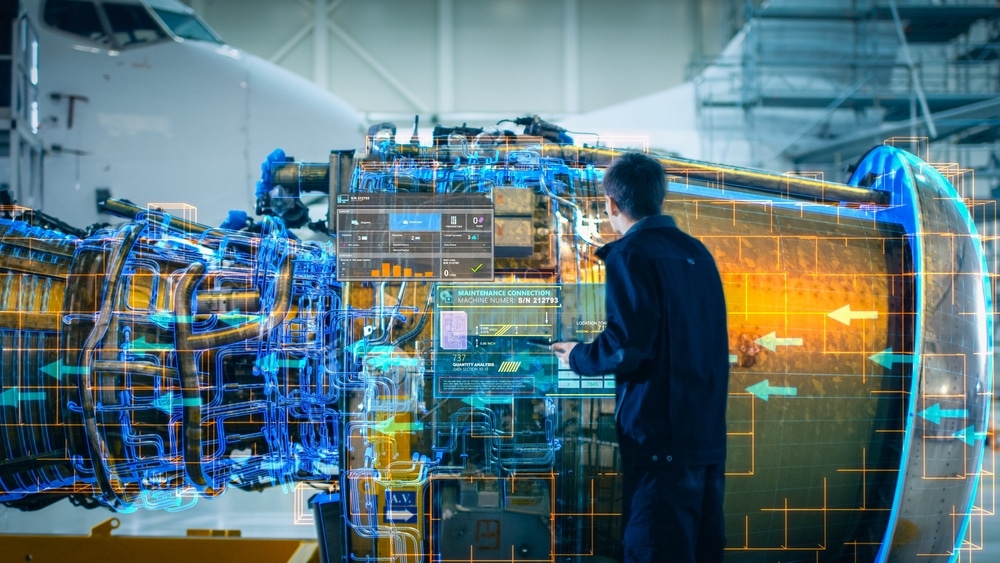
Choosing the Right 3D Scanner Hardware for Aerospace Manufacturing
When it comes to selecting 3D scanner hardware for aerospace manufacturing, accuracy, speed, versatility, and compatibility with industry-specific requirements should be the top factors considered. The type and size of parts being scanned, the required resolution, and the acceptable margin of error are crucial for determining the appropriate scanner.
Handheld 3D scanners provide greater flexibility and mobility than their tripod-mounted counterparts. They can easily scan parts that are large or difficult to reach, and can capture both geometric and organic shapes. However, they may have lower accuracy rates and take longer to produce a scan.
Tabletop or tripod-mounted 3D scanners, also known as coordinate measuring machines (CMMs), are ideal for scanning smaller parts with higher accuracy. They use robotic arms to scan parts and are capable of measuring micron-level details.
When choosing a 3D scanner, it’s essential to consider software compatibility and system integration. Many 3D scanners work best with specific software, such as CAD or inspection software. Compatibility with existing systems and software can significantly streamline processes and reduce setup times.
In summary, choosing the right 3D scanner hardware can significantly impact the efficiency of the aerospace manufacturing process. A thorough evaluation of requirements, accuracy, speed, versatility, and compatibility, as well as considering reputable brands, are essential in making an informed decision.
Streamline Your Aerospace Production with MSL
At MSL, we don’t just understand the challenges of aerospace production – we pioneer the solutions. If you’re looking to revolutionise your aerospace manufacturing process, embrace unparalleled precision, and significantly accelerate your time to market, we’re here to provide you with the solution.
Get in touch with our experts today and call 01733 325252 or email sales@measurement-solutions.co.uk.
